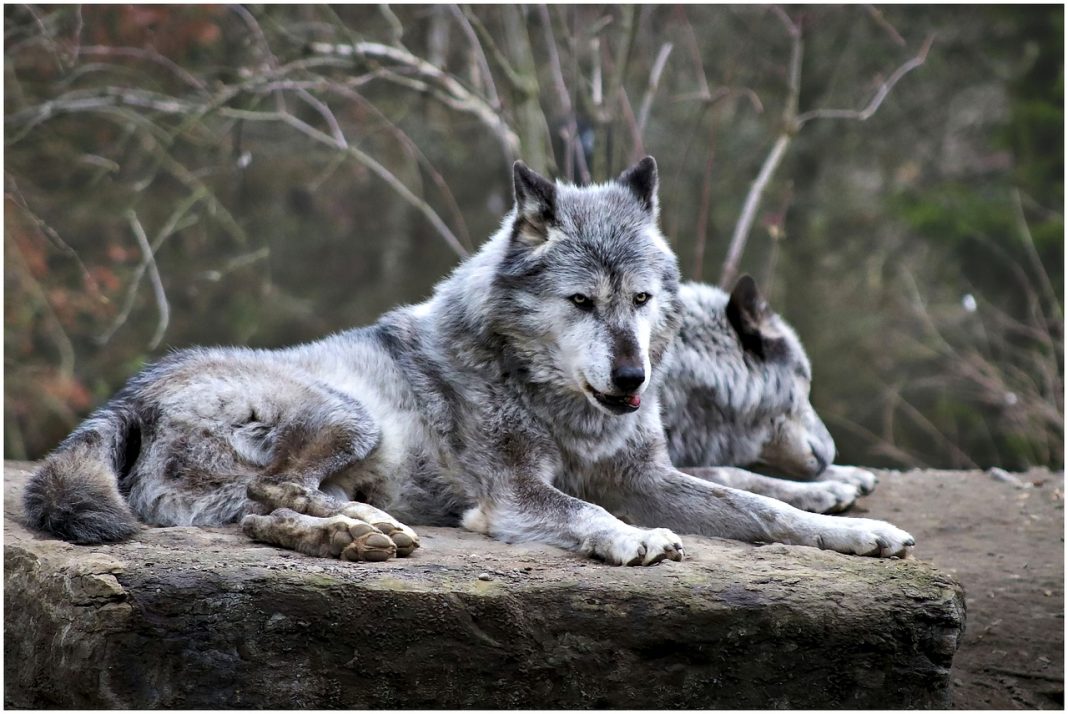The winter 2021-2022 season had the lowest wolf harvest numbers since the 2017-2018 season. This winter’s harvest number was 273 wolves. That number is below the record 329 wolves harvested in the 2020-2021 season. Additionally, the 2019-2020 season brought a harvest of 293 wolves.
This drop follows an increased effort by the Montana legislature and Montana Fish, Wildlife, and Parks. New laws and regulations were meant to increase season lengths and methods of taking. Additionally, the purpose of the new laws and regulations was meant to decrease the wolf population in Montana. The new methods of take include snare trapping, night hunting on private land, higher individual limits, longer trapping seasons, and reimbursement payments for harvest.
The quota required by the Montana Wildlife Commission is 450 wolves. Many environmental groups feared that the new laws and regulations would decimate the wolf population in the state. Also, the groups feared that opening an area near Yellowstone to wolf hunting and trapping would hurt the Yellowstone ecosystem. The new areas opened near Yellowstone met their quota of 85 wolves. While the rest of the Montana management areas failed to come close to meeting the quota.
Reasons for the Drop
In an interview with the Montana Standard, Montana Fish, Wildlife, and Parks spokesman Dillon Tabish had this to say:
“What I’m hearing from trappers… is this year, the conditions were really difficult.”
The Commission said large early snowfall near the beginning of the season was a large contributor to the lower wolf harvest. Additionally, a major cold snap that lingered made trapping unusually difficult.
Many feel the wolves are moving to private ground. Additionally, some say the wolves just aren’t where they used to be. President of the Montana Trappers Association Jim Buell had this to say:
“I had heard there wasn’t the wolf activity in the normal areas, some of the good ground they’d covered in past years.”
Traditionally, the large majority of wolves are trapped in the early season. The season typically starts on December 15th. However, the Commission moved the opening day for the season back by seven days. The delay was meant to avoid issues with federal protections for Grizzly Bears.
The later season opening date, harsh conditions, and wolf movement were all contributing factors to the lower wolf harvest rate.
You can read more about the wolf harvest data by clicking here. Likewise, you can read more Montana hunting news by clicking here.















